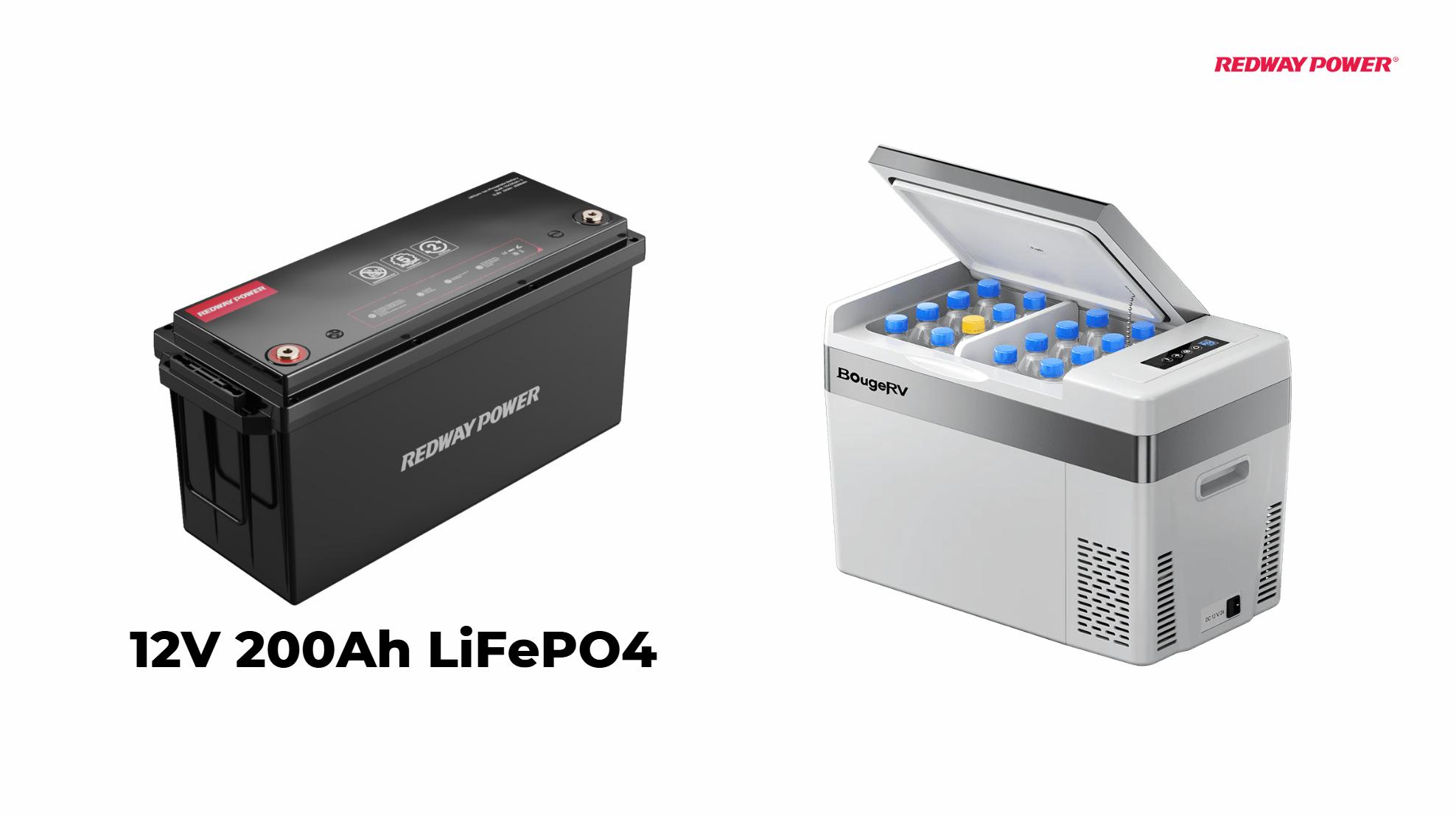Running a fridge on a 200Ah battery is feasible under certain conditions, but it requires careful planning and understanding of both the fridge’s power requirements and the battery’s capabilities. A properly sized and maintained system can provide reliable cooling even in off-grid situations.
How can a 200Ah battery typically power a fridge?
A 200Ah battery, particularly when rated at 12 volts, possesses an output capacity of approximately 2400 watts (calculated as 12V × 200Ah). This capacity generally suffices to meet the operational demands of most refrigerators, which typically draw between 100 and 300 watts depending on their model and efficiency ratings. However, actual performance will vary based on how often the fridge cycles on and off, as well as its overall energy efficiency.Chart: Power Output Calculation
| Voltage (V) | Amp-Hours (Ah) | Total Watt-Hours (Wh) |
|---|---|---|
| 12 | 200 | 2400 |
What is the energy capacity of a 200Ah battery?
The energy capacity of a 200 Ah battery can be understood through its ampere-hour rating, which indicates how much current it can supply over time. For instance, it could deliver 100 amps for 2 hours or 10 amps for 20 hours. This capacity is crucial when determining how long it can run appliances like refrigerators.Chart: Energy Capacity Breakdown
Wholesale lithium golf cart batteries with 10-year life? Check here.
| Usage Scenario | Current Draw (A) | Duration (h) | Total Energy (Wh) |
|---|---|---|---|
| Scenario A | 100 | 2 | 1200 |
| Scenario B | 10 | 20 | 2400 |
What factors should you consider before running a fridge on a 200Ah battery?
Several key factors must be considered before attempting to run a fridge on this type of battery:
- Power Consumption: Each refrigerator has different wattage requirements that must be assessed.
- Ambient Temperature: Higher temperatures increase compressor workload, leading to higher energy consumption.
- Battery Condition: Older batteries may not hold charge effectively, reducing overall efficiency.
How does ambient temperature affect refrigerator performance?
Ambient temperature plays a significant role in how efficiently your refrigerator operates. In warmer climates, refrigerators need to work harder to maintain internal temperatures, which increases power consumption significantly. This means that while your 200 Ah battery might be sufficient under ideal conditions, real-world scenarios may require more frequent recharging.
Want OEM lithium forklift batteries at wholesale prices? Check here.
What are the best practices for optimizing fridge energy consumption?
To maximize efficiency when running your fridge on a 200 Ah battery:
- Set the thermostat to an optimal temperature.
- Minimize door openings to retain cool air.
- Keep the fridge well-maintained and clean.
- Use LED lighting inside the refrigerator to reduce additional heat generation.
What alternative energy sources can supplement a 200Ah battery?
In off-grid scenarios or during extended use, consider integrating solar panels or generators as supplemental energy sources. These alternatives can recharge your 200 Ah battery during daylight hours or provide backup power during high-demand periods.
Expert Views
Understanding both your appliance’s needs and your power source’s capabilities is essential for sustainable off-grid living. A combined approach utilizing multiple energy sources often yields the best results.
Running a Refrigerator on a 300Ah LiFePO4 Battery
FAQ Section
- Can I run any type of fridge on a 200Ah battery?
Not all fridges are suitable; check wattage specifications to ensure compatibility. - How long can I expect my fridge to run on this battery?
It depends on the fridge’s wattage; calculate usage based on daily consumption. - Should I consider upgrading my battery for better performance?
If you frequently experience outages or high consumption needs, upgrading may be beneficial.






